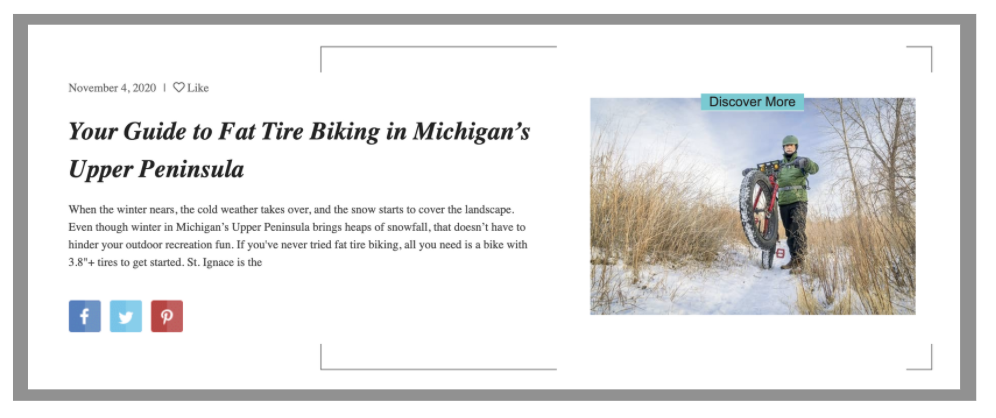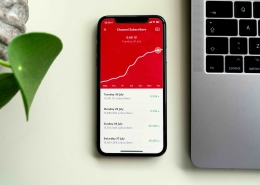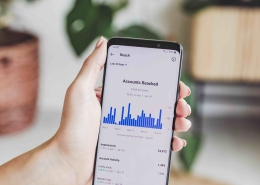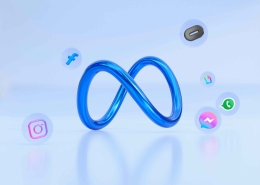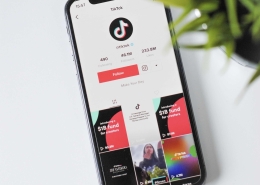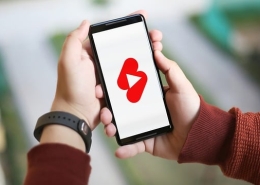How and Why To Repurpose Evergreen Content
Have you ever wondered what happened to that absolutely killer blog post you wrote last year? You posted it across social media and integrated it into your ad strategy but have not mentioned it again. The answer is to recycle this content and use it again! Yes, that’s right: you can use the same content that you created repeatedly, but with a twist. At TwoSix Digital, we continue to discuss the importance of the power of repurposing your content. Read on to learn how to create content that you can repurpose, why it’s important and how exactly to repurpose it.
Why is it Important to Repurpose?
Repurposing content is essential. Not only does it save a ton of time and create efficiency in the content creation process, but it also aims to get the most important content into the hands of the right people. After you have targeted your initial audience, you then have the opportunity to target new audiences the second and third time with that content. This strategy helps you learn how to market the same content to different audiences over a period of time.
Think about it like this: if you are relaying an important idea, repurposing it multiple times over a period of time helps emphasize the context of the message. It can be positioned in different ways to help reach a wide variety of people with different interests. And, if you’re continuously working to repurpose content, you’ll reinforce your messaging.
How do you Know What to Repurpose?
Now that we’ve convinced you that it’s super important to recycle your content over again, it’s time to go through your content and decide what’s worth reusing.
First, start by going through your content and determine what’s “evergreen.” “Evergreen” is a term used widely across the digital marketing world that refers to high-quality content that’ll stay “fresh” for readers over a long period of time. Most of the time, blog pieces about your destinations’ differentials will likely be evergreen pieces that you can use.
Next, go through your Google Analytics to determine your highest-performing blog posts. Here, you can see which blog posts are consistently driving more traffic to your site, as well as determine which content you would like to see garner more traffic. Additionally, you’ll be able to gain perspective on what content you may need to revisit and update to be relevant and evergreen.
How do I Repurpose this Content?
The final step is actually planning how to repurpose this high-quality, evergreen content. The best part of recycling content is that there’s more than one way to do it. So, if you feel like you’ve exhausted one direction, you can try another. Or, if you’ve already tried an approach with one piece of content the response didn’t meet your expectations, you can try again with a different piece of content. Here are a few ways to repurpose your content:
- Convert it into a different format: Change your already created blog into a listicle or turn your listicle into a more detailed blog, an infographic, or a how-to guide.
- Updates: If anything new has happened in the past year, add it to the content piece! This is a great reason to share it again. Also, if it’s related to events, update the event dates.
- Spruce It Up: Spruce up your content piece and repost the same content on social media with different images, verbiage, and a different organic targeting strategy.
- Turn Organic into Paid: Take a post that you saw on Google Analytics that you were hoping would get more traction and put some money behind it to see if you can gain a little bit more engagement and awareness.
- Add it to your E-Newsletter: Plugging your latest content piece into your e-newsletter is a great way to display your content again, and hope to gain a few more conversions.
How do I Make my Next Content Piece Evergreen?
Evergreen content means that something will stay relevant for at least a year, if not a few years. Dates can typically make a piece not evergreen, so if you have to add specific dates, make a note to update it with the new dates the following year before using it again. (This could be especially relevant if you’re creating a post about a big event or seasonal events that occur every year!) Next, it’s important to make sure that the evergreen content has a good SEO title and an easily accessible link. (Think: “How-to,” Guides, List posts, etc. with your destination’s name)


